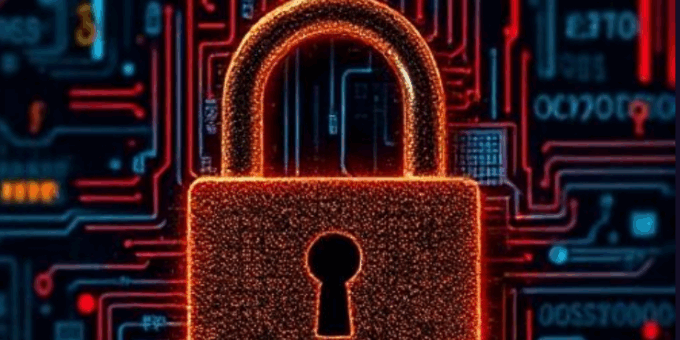
In today’s digital world, passwords are the first line of defense against cyber threats. Weak passwords can lead to data breaches, identity theft, and financial loss. Creating strong yet memorable passwords is essential for protecting your online accounts.
This guide will cover:
-
Why strong passwords matter
-
Common password mistakes to avoid
-
Techniques for creating strong, memorable passwords
-
Best practices for password management
-
Tools to help secure your accounts
Why Strong Passwords Matter
Cybercriminals use various methods to crack passwords, including:
-
Brute force attacks – Trying every possible combination.
-
Dictionary attacks – Using common words and phrases.
-
Phishing – Tricking users into revealing passwords.
-
Credential stuffing – Using leaked passwords from other breaches.
A strong password significantly reduces the risk of unauthorized access.
Common Password Mistakes to Avoid
Many people make these critical errors when creating passwords:
1. Using Simple, Predictable Passwords
Examples:
-
password123 -
qwerty -
123456 -
iloveyou
These are easily guessable and often the first targets in attacks.
2. Reusing Passwords Across Multiple Accounts
If one account is compromised, hackers can access all your other accounts.
3. Using Personal Information
Avoid:
-
Birthdays
-
Pet names
-
Family members’ names
-
Addresses
This information is often publicly available on social media.
4. Not Updating Passwords Regularly
Even strong passwords should be changed periodically, especially after a data breach.
5. Storing Passwords Insecurely
Writing passwords on sticky notes or unencrypted files is risky.
How to Create Strong and Memorable Passwords
1. Use the “Passphrase” Method
Instead of a single word, use a sentence or phrase that’s easy to remember but hard to guess.
Example:
-
Original phrase: “I love hiking in the mountains every summer!”
-
Password:
ILHiTm3$!(First letters of each word + symbols)
2. Apply the “Bruce Schneier Method”
Take a random sentence and transform it into a password.
Example:
-
Sentence: “My first car was a Honda Civic in 2008!”
-
Password:
MfcwaHCi2008!
3. Use a Combination of Words (Diceware Technique)
Combine random words to create a strong passphrase.
Example:
-
CorrectHorseBatteryStaple(Made famous by an XKCD comic)
4. Mix Characters Strategically
A strong password should include:
-
Uppercase letters (
A-Z) -
Lowercase letters (
a-z) -
Numbers (
0-9) -
Special characters (
!@#$%^&*)
Example:
-
Sunshine$2024!Secure
5. Avoid Common Substitutions
Hackers know that people replace letters with similar-looking symbols (e.g., @ for a, 1 for l).
Weak: P@ssw0rd
Stronger: P@$$w0rd!2024 (Still not ideal, but better)
6. Make It Long (12+ Characters)
Longer passwords are exponentially harder to crack.
Example:
-
BlueDragonfliesFlyHigh#2024(25 characters)
Best Practices for Password Management
1. Use a Password Manager
Tools like Bitwarden, LastPass, or 1Password securely store and generate passwords.
Benefits:
-
Encrypted storage
-
Auto-fill passwords
-
Generate strong passwords
2. Enable Two-Factor Authentication (2FA)
Even if someone gets your password, they can’t access your account without a second verification step (e.g., SMS code, authenticator app).
3. Change Passwords After a Breach
Check if your email appears in breaches using Have I Been Pwned.
4. Never Share Passwords
Avoid sending passwords via email, text, or messaging apps.
5. Use Different Passwords for Different Accounts
If one account is hacked, others remain secure.
Tools to Help Secure Your Passwords
| Tool | Purpose |
|---|---|
| Bitwarden | Free, open-source password manager |
| LastPass | Secure password storage & sharing |
| Google Authenticator | 2FA for added security |
| KeePass | Offline password manager |
| Have I Been Pwned | Check if your passwords were leaked |
Conclusion
Creating strong and memorable passwords doesn’t have to be difficult. By using passphrases, mixing characters, and leveraging password managers, you can significantly improve your online security.
Key Takeaways:
✅ Use long, complex passwords (12+ characters)
✅ Avoid personal information & common words
✅ Never reuse passwords across accounts
✅ Enable two-factor authentication (2FA)
✅ Use a password manager for better security
By following these best practices, you can protect yourself from cyber threats and keep your digital life secure.